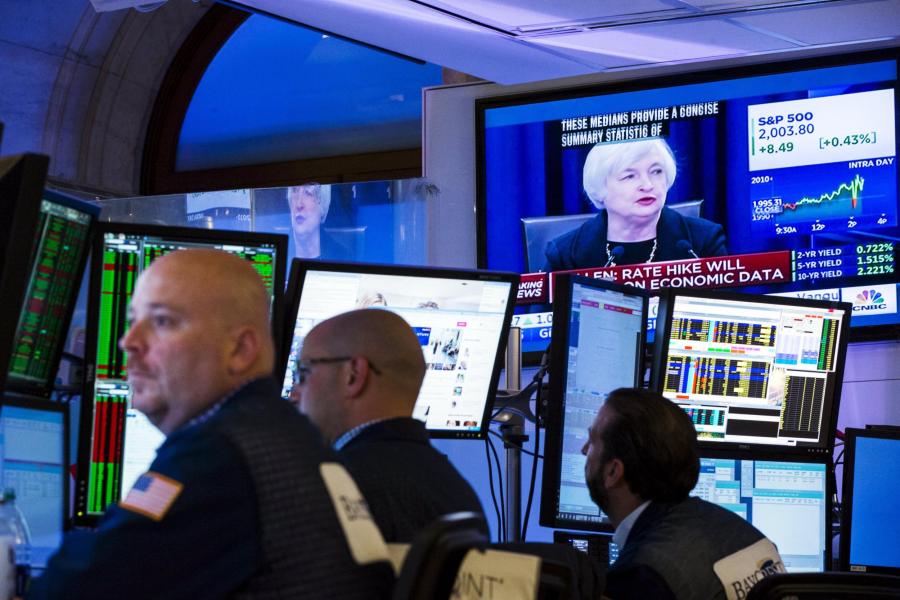The most notable thing to come out of Janet Yellen’s Humphrey Hawkins testimony to Congress this week was the Fed’s warning on stock market valuations. Bloomberg reports:
The central bank said price-to-earnings ratios on a forward-looking basis for stocks have increased to a level “well above” their median for the past 30 years.
“Although equity valuations do not appear to be rich relative to Treasury yields, equity prices are vulnerable to rises in term premiums to more normal levels, especially if a reversion was not motivated by positive news about economic growth,” the Fed said.
Essentially, the Fed concedes that the stock market is very highly valued. They also suggest this is likely due to the fact that interest rates are so low. In other words, investors have been eagerly adopting the Fed Model to justify extreme valuations.
"I'm worried about a bubble in bonds but stocks are fairly valued relative to interest rates." -Everyone on TV
— Jesse Felder (@jessefelder) August 10, 2015
But to really understand what she is trying to communicate here we need to look back at a paper published by Janet Yellen’s own regional Fed bank. Way back in 2004, the San Francisco Fed published, “Inflation-Induced Valuation Errors In The Stock Market.” It is very clear on how the Fed feels about the equity valuation model that carries its name:
Wall Street practitioners typically compare the earnings yield on stocks (denoted here by the E/P ratio, the inverse of the price-earnings ratio) with the nominal yield on a long-term U.S. Treasury bond. Stocks are supposedly undervalued relative to bonds when the E/P ratio exceeds the nominal bond yield and supposedly overvalued relative to bonds when the E/P ratio is below the nominal bond yield. This valuation technique is often referred to as the “Fed model,” but it is important to note that the Federal Reserve neither uses nor endorses it [emphasis mine].
The reason the Fed doesn’t use or endorse it is that it is built upon a logical inconsistency: You can’t lower the discount rate in valuing equities without also lowering the earnings growth rate. Still, investors consistently make this very mistake. The paper continues:
…studies show that the Standard & Poor’s (S&P) 500 stock index tends to be undervalued during periods of high expected inflation (such as the late 1970s and early 1980s) and overvalued during periods of low expected inflation (such as the late 1990s and early 2000s).
We are currently experiencing one of the lowest levels of expected inflation in history. As a result, investors have possibly made the largest ‘inflation-induced valuation error’ in history in believing stocks are fairly-valued relative to interest rates (see this post for details).
For this very reason, the Fed is warning about the risks of a return to more normal “term premiums.” In other words, if earnings growth doesn’t materialize investors will realize just how much they have overpaid for these earnings and the increased risk that entails. And if earnings continue to fall, as they have now for the longest period since the Great Recession, this reckoning will happen sooner rather than later.
After explicitly targeting the prices of risk assets like stocks for years now in an attempt to create a wealth effect, it only stands to reason that the Fed would be so concerned with this dynamic. It’s very possible that the economy is more reliant on household net worth than ever before. So the risks presented by an overvalued stock market have much broader implications than they might otherwise.
